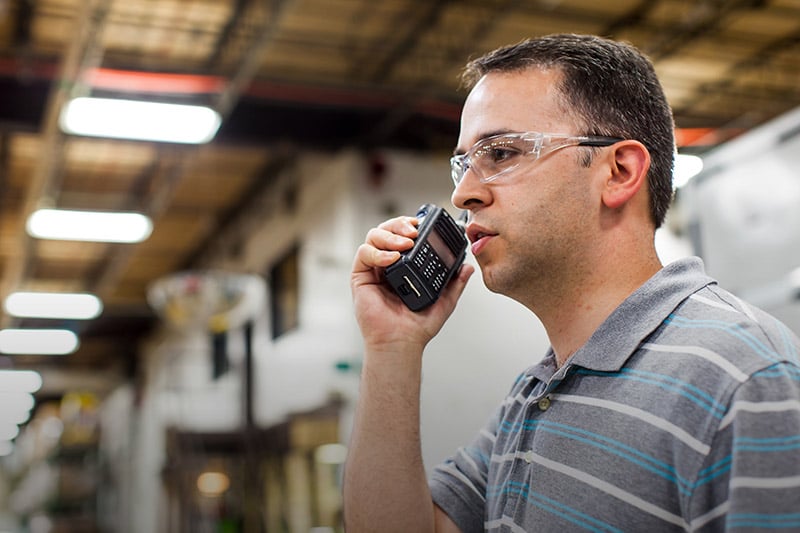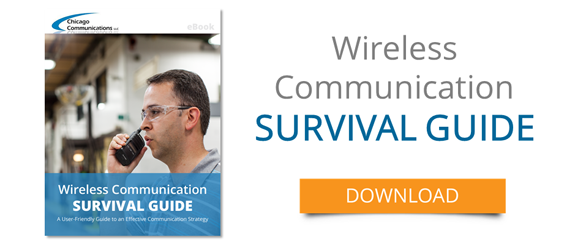 Intrinsically Safe.
Intrinsically Safe.
For someone who doesn’t eat and breathe the two way radio world, this term is probably foreign to you. However, it is vital to not only the upkeep and lifetime of a radio, but also crucial to the radio user’s safety.
The retail, hospitality, public safety, and education markets all can benefit from the use of two way radios. ROI is great, offers many different options, and provides clear communication amongst users. But what about those in the manufacturing field, those that are around dangerous chemicals, high temperatures, or other dangerous elements? They deserve not only the same quality of communication that other markets have available, but also should feel protected while using them.
That tag we see on our hairdryers that say “Do not use around water” is there as a warning, not a suggestion. Electricity and water do not mix– at all. Radio equipment has the same principle, and while we can water proof and resist many of the products, there are still other elements that can pose a risk to a radio user when he or she is in less than ideal conditions.
When a two way radio is deemed “intrinsically safe”, it has been certified that the design and engineering has been explosion protected through the electrical current. This means that there will not be a enough electrical energy under any condition to cause an ignition within the radio. This can be done by reducing/eliminating internal sparking, controlling temperatures, and condensing the extra spacing that would allow dust or substance to rest within the circuit. All equipment that is intrinsically safe must be marked as to what kind of area the radio can be installed in.
There are different ways an environment may require intrinsically safe radio equipment. These categories are Class, Group, Division, and Temperature. Class refers to the type of substance that is ignitable or explosive in the area of which the equipment will be installed. Group is a classification that determines what materials ignite at given temperatures and explosion pressures. The division is overall evaluations of the environment, minus the Class. Last but not least, temperature refers to the maximum temperatures the radio equipment will endure (this shouldn’t exceed the ignition temperatures of the given area).
Chicago Communications offers numerous intrinsically safe radios. One line comes from Vertex Standard. The VX-450, EVX-530, VX-820, VX-920 series can all be Intrinsically Safe certified. One thing to keep in mind is if you are operating with intrinsically safe radio equipment, than accessories such as spare batteries and microphones, must also be intrinsically safe.



